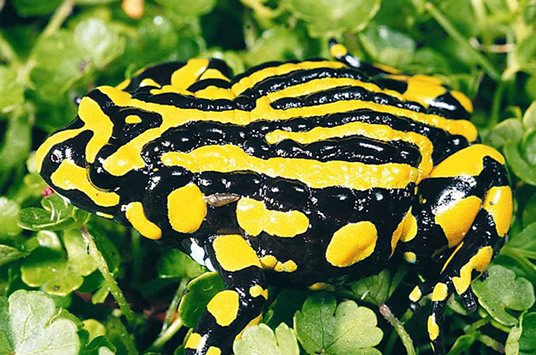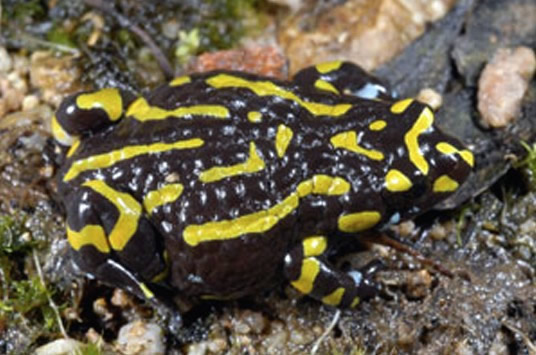10 Fast Facts about Corroboree Frogs
FACT #1: Two Species – The Southern Corroboree Frog (Pseudophryne corroboree) and the Northern Corroboree Frog (Pseudophryne pengilleyi). Differences include colour, patterns, home range and skin biochemistry.
FACT #2: Diet: eat small invertebrates, particularly small black ants.
FACT #3: Size: 2.5 – 3 cm body length.
FACT #4: Habitat: Small seasonal wetlands and surrounding vegetation in the Australian Alps above 750 metres.
FACT #5: Key threat: disease caused by the amphibian chytrid fungus.
FACT #6: Conservation status: critically endangered.
FACT #7: Toxic: secretes a poisonous alkaloid from its skin which is toxic to predators.
FACT #8: Bright colours warn it is poisonous.
FACT #9: Walks rather than jumps.
FACT #10: Winter torpor: inactive during the winter, remaining under logs or litter on the woodland floor.
Have you found a Corroboree Frog?
Click here for further information about the species and frogs commonly mistaken for Corroboree Frogs.

The Southern Corroboree frog
(Pseudophryne corroboree)
Photo: David Hunter (OEH)

The Northern Corroboree frog
(Pseudophryne pengilleyi)
Photo: David Hunter (OEH)

